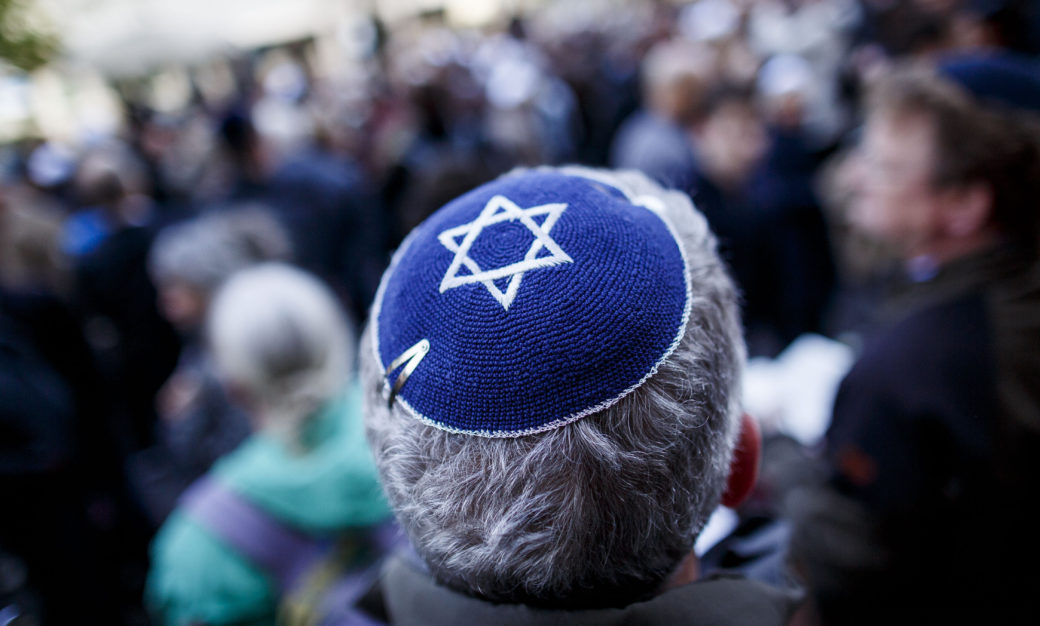Women’s Kippahs: Blending Tradition with Personal Style
The Women’s Kippah carries both tradition and transformation within its design. For many, it symbolises devotion.

The kippah has long been recognised as a symbol of reverence in Jewish life. Traditionally worn by men, it represents humility and respect toward faith. In recent years, women have begun embracing this head covering as part of their own spiritual and cultural identity. Today, the Women’s Kippah is more than a ritual item. It blends devotion with individuality, allowing women to honour tradition while expressing personal style. Exploring how this shift began and what it means today helps reveal the evolving role of women in shaping the visible expressions of their beliefs.
History and Tradition
To understand the significance of the Women’s Kippah, it is essential to look at tradition. Historically, Jewish women covered their hair with scarves, wigs, or hats, especially in Orthodox settings. These coverings symbolised modesty and respect. The kippah, however, was typically reserved for men during prayer and study, making the adoption by women a notable change in practice.
The Emergence of Women Wearing Kippahs
Over the past fifty years, women in Reform, Conservative, and Reconstructionist communities have begun to adopt the kippah. For many, it became a way to participate fully in ritual life. It also served as a statement of equality, demonstrating that women could join in practices once reserved for men. This development marked a turning point in how Jewish women expressed both faith and agency.
Reasons Behind the Choice
Women wear kippahs today for several meaningful reasons.
- Spiritual connection: A kippah serves as a visible reminder of faith and devotion.
- Equality: Wearing it affirms women’s participation in religious practices.
- Identity: For some, it represents pride in Jewish heritage and community.
Each reason reflects a personal decision, but together they highlight the diverse meanings attached to the practice.
Personal Style and Design
Modern kippahs for women are designed with creativity and elegance. They can be made of lace, silk, beaded wire, or colourful fabrics. Many women select designs that match their personality or complement their clothing. This blending of style with faith shows how the kippah has adapted to contemporary expression while maintaining its spiritual purpose.
Community Views and Ongoing Debate
The acceptance of the Women’s Kippah continues to vary across Jewish communities. Some view it as a natural step toward equality and inclusion. Others see it as a departure from longstanding customs. Regardless of the perspective, the presence of women wearing kippahs has sparked meaningful conversations about tradition, adaptation, and religious identity. These discussions show that Jewish practice remains dynamic and reflective of broader social changes.
Conclusion
The Women’s Kippah carries both tradition and transformation within its design. For many, it symbolises devotion. For others, it affirms equality or strengthens a sense of identity. By choosing kippahs that reflect personal style, women demonstrate how faith and individuality can coexist. This balance shows that tradition is not fixed but continues to grow and adapt through lived experience. In this way, the kippah is more than heritage. It is a personal statement of belief, belonging, and strength that continues to inspire new expressions of Jewish identity.





